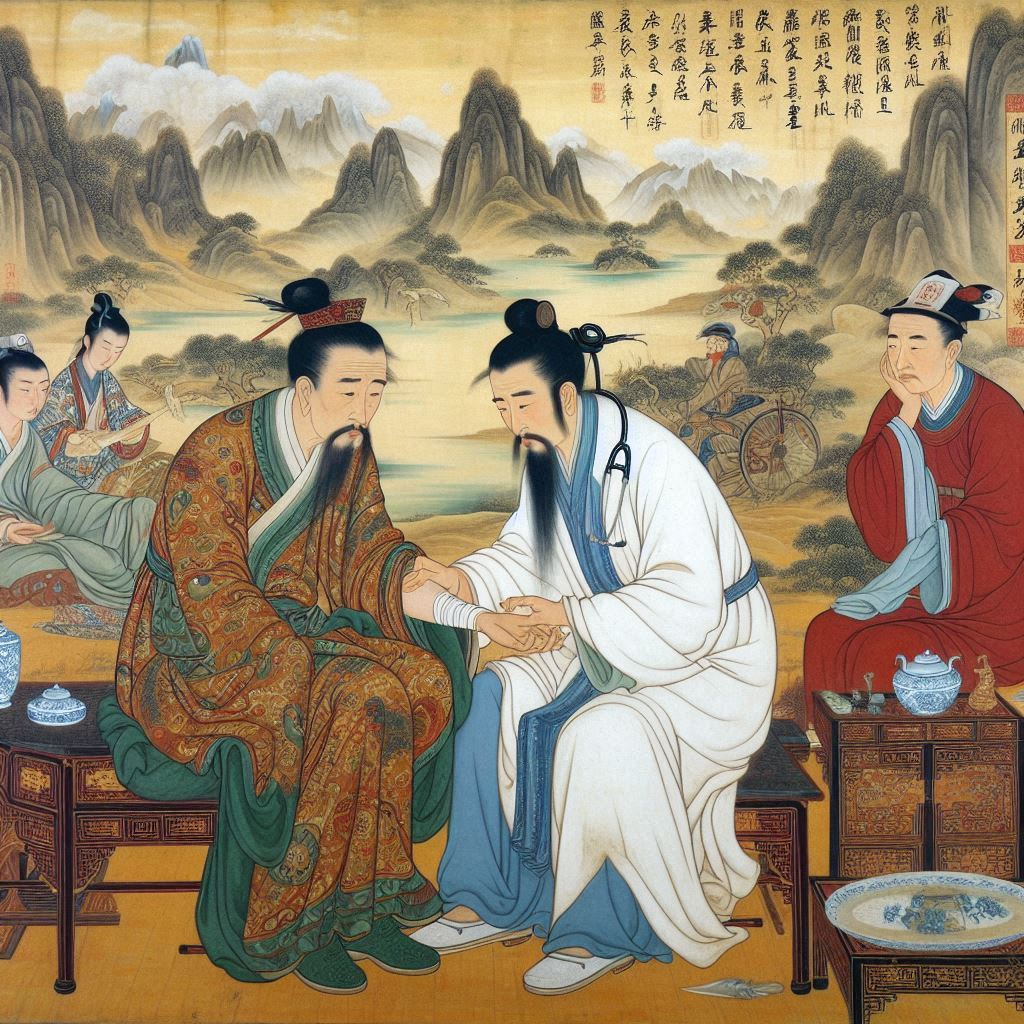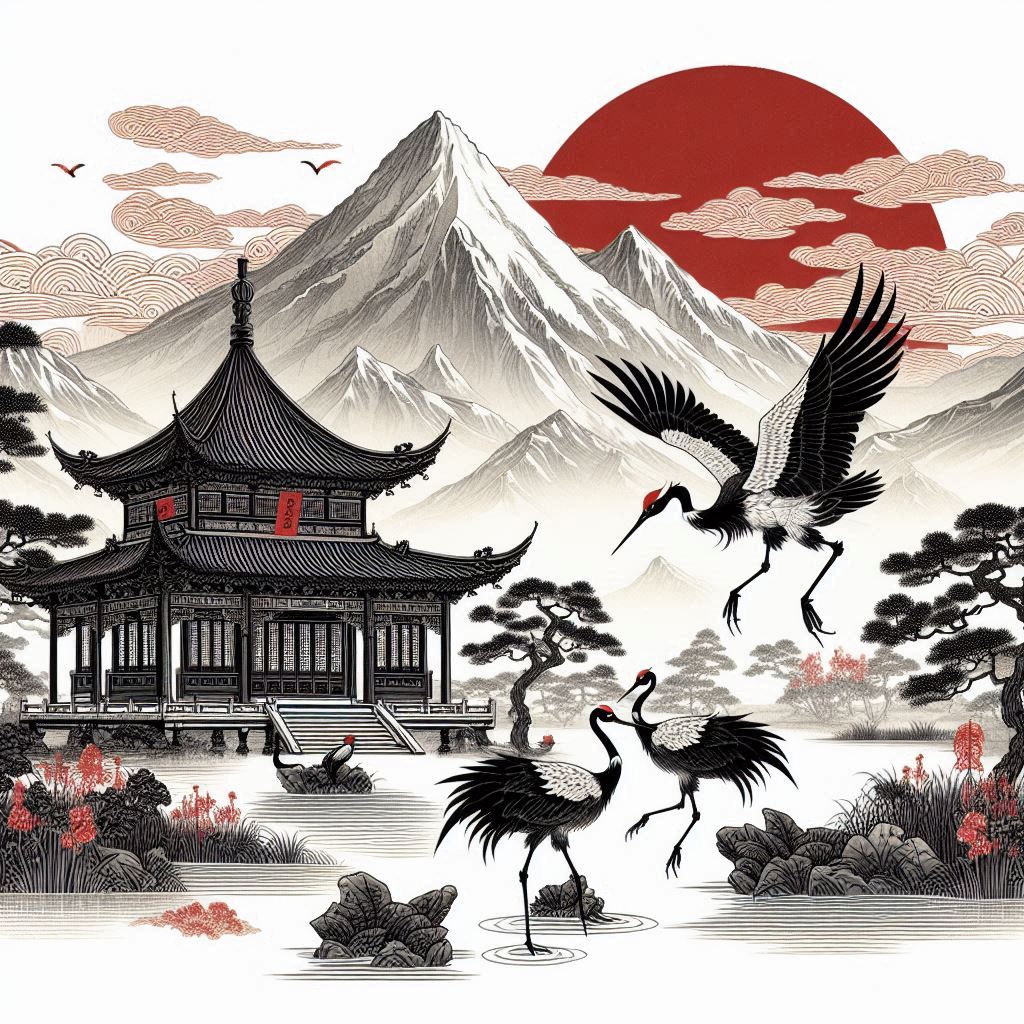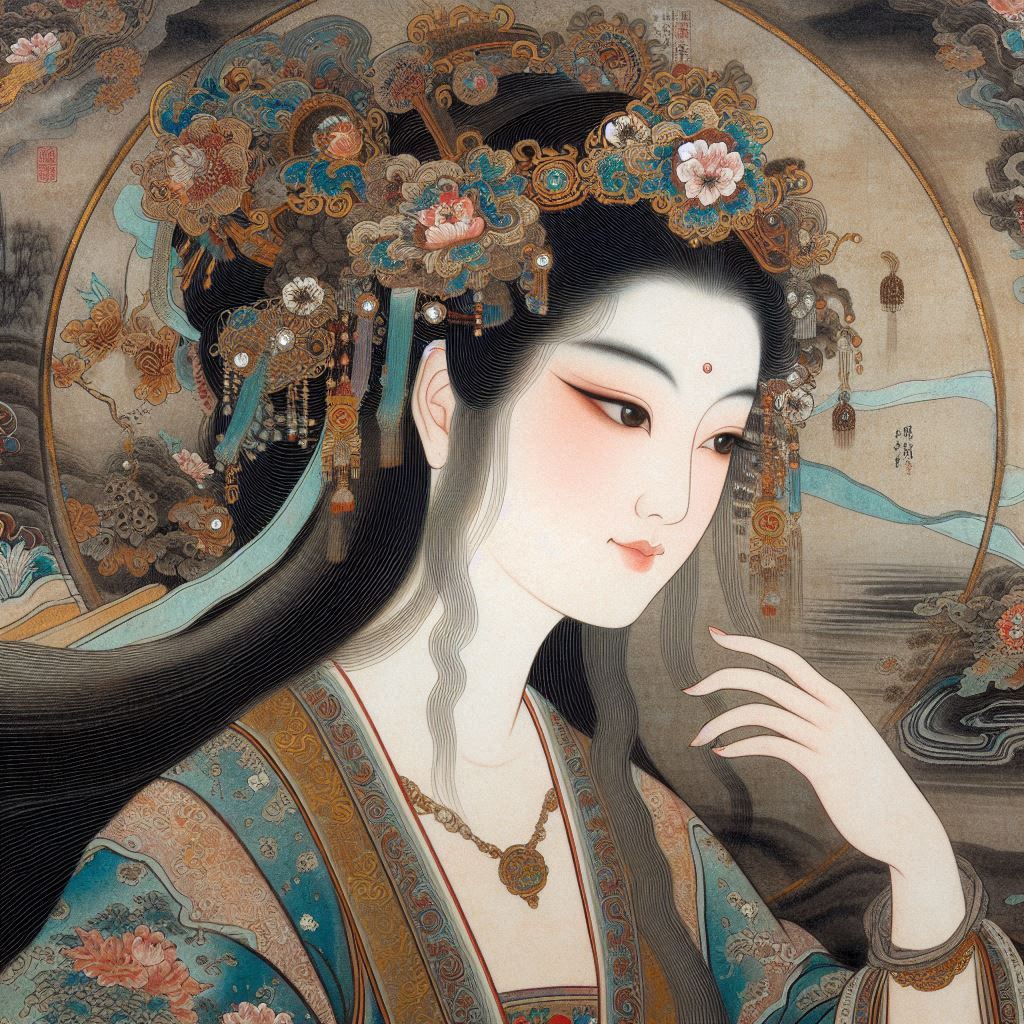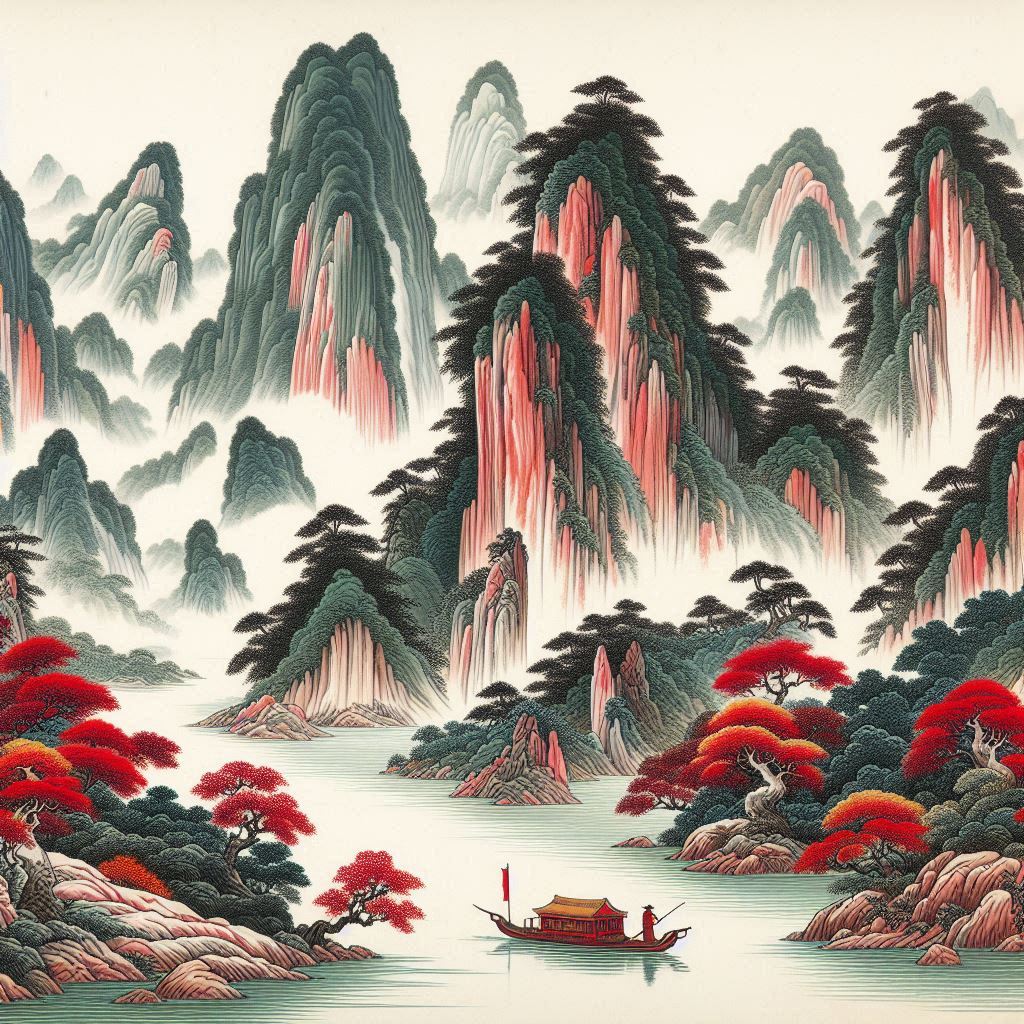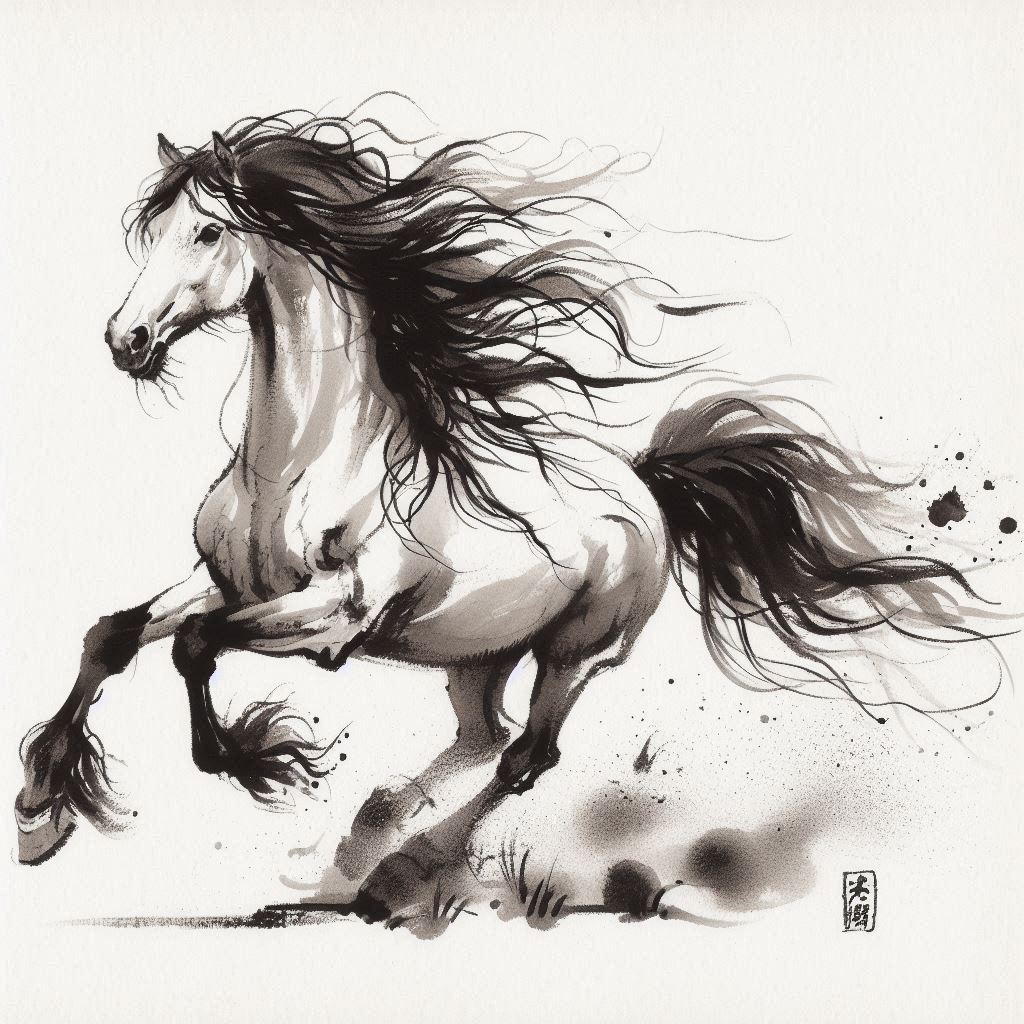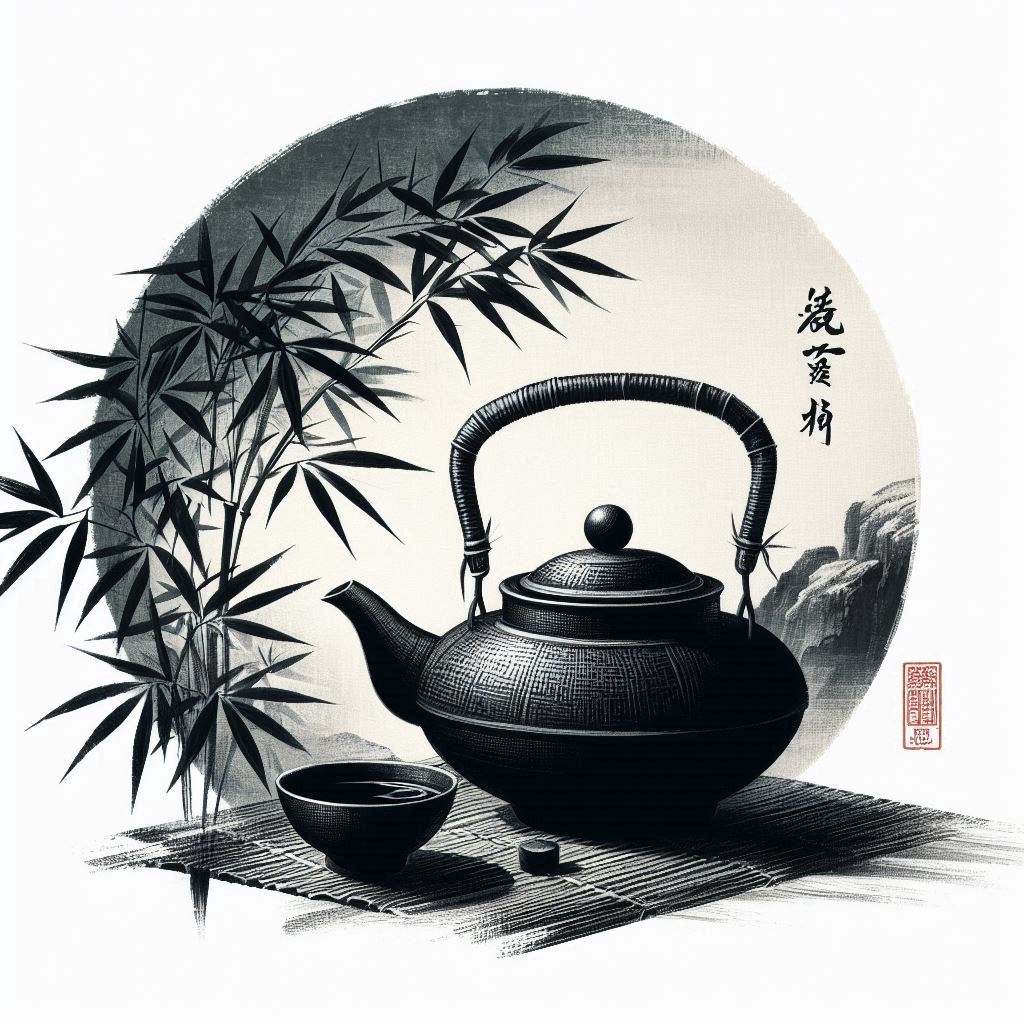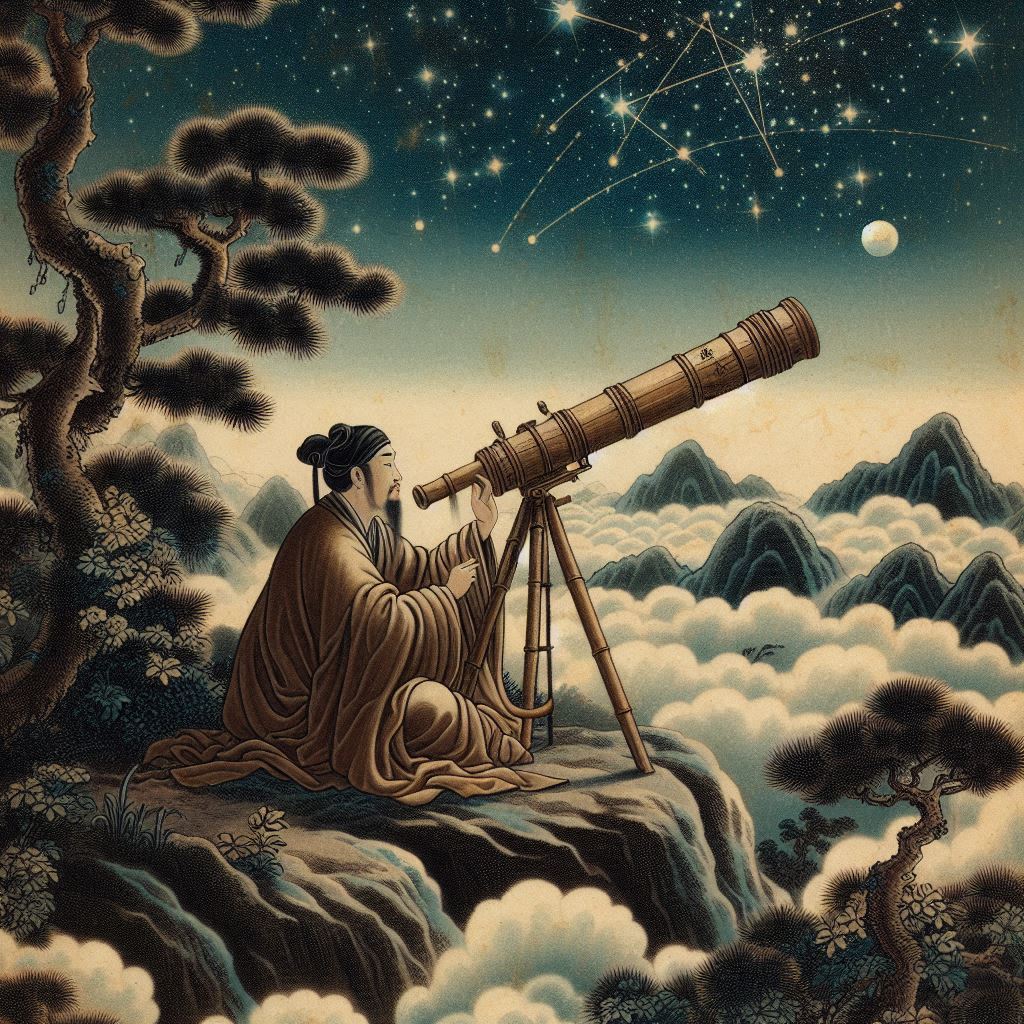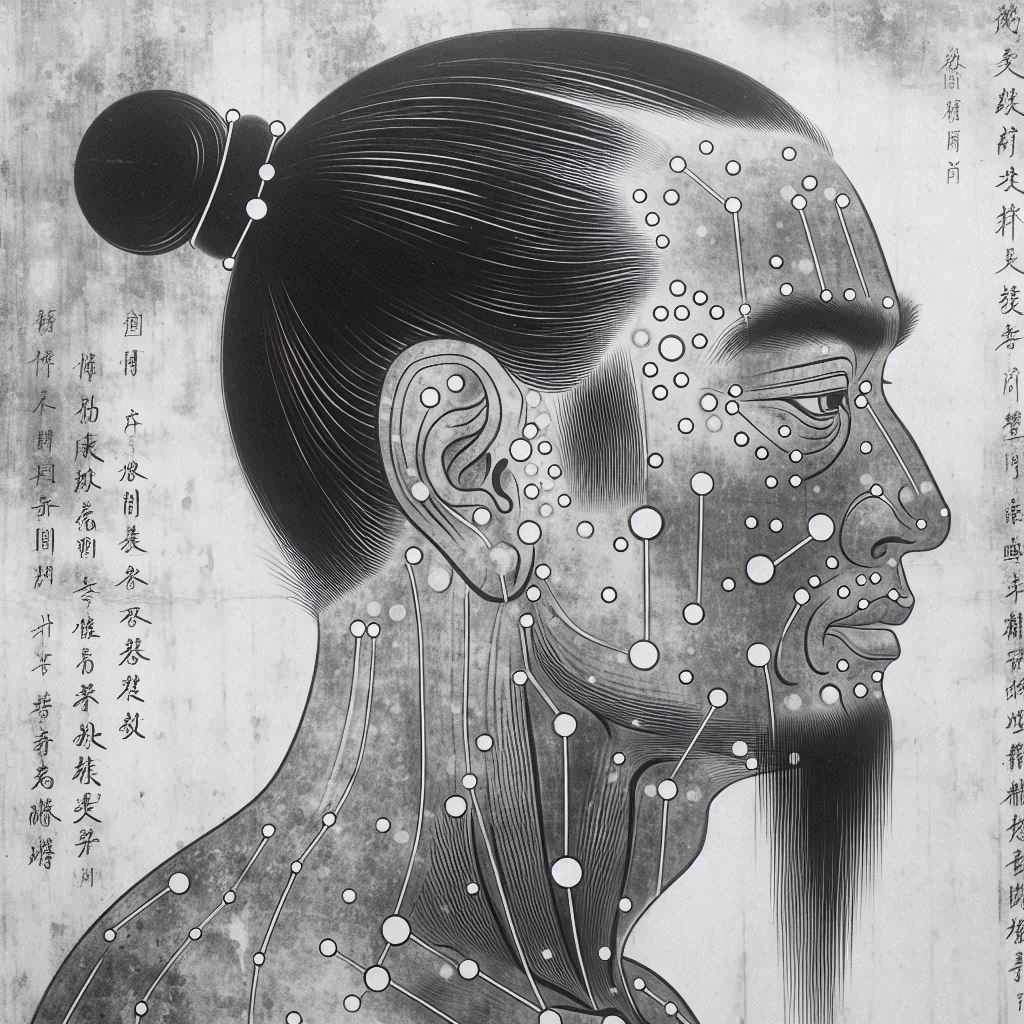Introduction to the disharmony
Major symptoms:
- sharp localized pain
- hard palpable masses in the abdomen
- painful menstruation with dark and clotted blood
- purple nails, lips, and complexion
- cold hands and feet
There are several causes that lead to blood stagnation. One is trauma. When we get hurt, especially if it is severe, the blood clogs up and stagnates causing sharp pain and purple discoloration – the color of stagnated blood.
Another reason is stagnated Qi. In traditional Chinese medicine Qi and blood are interrelated and interdependent. It is said "Qi is the father of blood and blood is the mother of Qi”. If the Qi is stagnated for a long period of time the blood will stagnate as well. Thus prolonged and untreated Qi stagnation (caused by stress, anger, resentment, frustration and/or poor diet and lifestyle) will eventually lead to stagnation of blood(1).
While the main symptom of stagnated Qi is distention, the main symptom of stagnated blood is pain that is sharp and localized. Another symptom of blood stasis are hard and palpable masses in the abdomen. In women there is painful menstruation with dark and clotted blood. Purple nails, lips, and complexion additionally confirm that the blood lacks movement(1).
Because of the above mentioned relationship between Qi and blood a long term stagnation of Qi will also lead to chronically cold hands and feet as the blood circulation will not be flowing smoothly.
Major Chinese herbs
One of the most famous herbs in traditional Chinese medicine that moves blood is Chuan Xiong (Ligusticum chuanxiong). As blood stagnation majorly effects women this is a vital herb for women's heath. It benefits painful menstruation and difficult labor due to blood stagnation. It is also a major headache herb, commonly used in combination with other herbs to treat headaches caused by different disharmonies. Yi Mu Cao (Leonurus heterophyllus) translates to “benefit mother herb” and is another herb commonly used for women's health. It benefits premenstrual pain, irregular menstruation, abdominal masses, infertility(2) and pain due to blood stagnation after childbirth(3).
If Chuan Xiong is an herb that moves the Qi upward and benefits headaches, Niu Xi (Achyranthes bidentata) is an invigorating the blood herb that moves blood downward and counteracts nosebleed, bleeding gums, and vomiting of blood. Its downward moving energy makes it a major herb for knee and lower back pain, as well as UTI and kidney stones(2). Scientific experiments have shown that this herb can also bring down blood pressure(3). Jiang Huang (Curcuma longa) – turmeric rhizome, also translated “yellow ginger”, relieves obstruction with blood stasis, particularly in the shoulders. Yu Jin – turmeric tuber, together with invigorating the blood is also used for Gallbladder disharmonies and benefits jaundice(2).
Turmeric is one of the main ingredients in curry powder. It is added to a mix of spices which usually consist of coriander, cumin seeds, fenugreek seeds, chili, mustard seeds, black peppercorns and salt. In some places in Asia (for example in Okinawa) turmeric is added to hot water and then strained (with touch of ginger and lemon juice) to make tea. It can also be added to milk and simmered.
Other herbs, used in TCM gynecology for blood stasis patterns are Dan Shen (Salvia miltiorrhiza) – for painful menstruation, lack of menstruation, and abdominal masses. Dan Shen is also a major herb for irritability; Yan Hu Suo (Corydalis yanhusuo) - powerfully benefits painful menstruation, also used for the relief of traumatic injury; Ze Lan (Lycopus lucidus) - bugleweed - is used for post partum abdominal pain. Hong Hua (Carthamus tinctorius L.) – safflower – benefits menstrual pain and abdominal masses(2) and is indicated for dead fetus(3) and lochiostasis(2)(3).
Tao Ren (Prunus persica) - peach kernel – is a central herb that addresses all types of blood stasis problems, including injury. Being a seed it also moistens the intestines and benefits constipation. Ru Xiang (Boswellia carterii) is a blood invigorating herb that generates flesh. It is used to benefit healing processes in trauma(2).
Interesting herbs that invigorate the blood are various animal substances. Shui Zhi (Hirudo nipponia) – leeches - are used to reduce masses. Leeches are also widely used in Western folk medicine where they are applied to a wound to increase circulation. Wingless cockroach – Tu Bie Chong (Eupolyphaga sinesis) – renews sinews and bones and is used for cuts and fractures. The feces of flying squirrel – Wu Ling Zhi (Trogopterus xanthipes) – move blood and are used for childhood nutritional impairment(2).
Healing foods
To unlock the rest of this article select "Yes, I want to learn!" below.
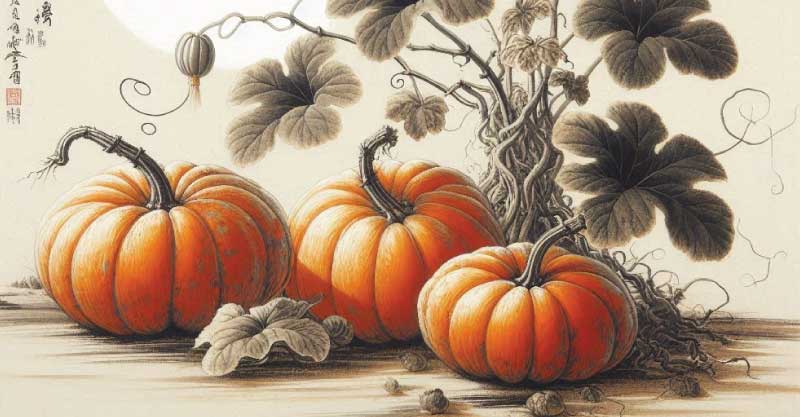
Food therapy is the most economical and non-toxic biochemical approach to health and disease. Food is something we continuously use to sustain our lives. Learning what foods are healing (and what disruptive) for each condition has the potential to convert every meal into a form of therapy.
YS
(1) Maciocia, Giovanni (1989). The Foundations of Chinese Medicine. Edinburgh: Harcourt Publishers Limited
(2) Benski, Dan & Gamble, Andrew (1993). Materia Medica, Revised Edition. Seatle: Eastland Press, Incorporated
(3) Lu, Henry (2005). Chinese Natural Cures. New York: Black Dog & Leventhal Publishers, Inc.
(4) Pitchford, Paul (2002). Healing with Whole Foods. Berkeley: North Atlantic Books
(5) Holmes, Peter (1998). The Energetics of Western Herbs. Boulder: Snow Lotus Press, Inc.
Related Articles:
Note: This site and its services are to consumer educational use only. Nothing contained in this site is or should be considered, or used as a substitute for medical advice, diagnosis or treatment. We advise users to always seek the advice of a physician or other qualified professional with any questions regarding personal health and medical condition. Please read our Disclaimer

